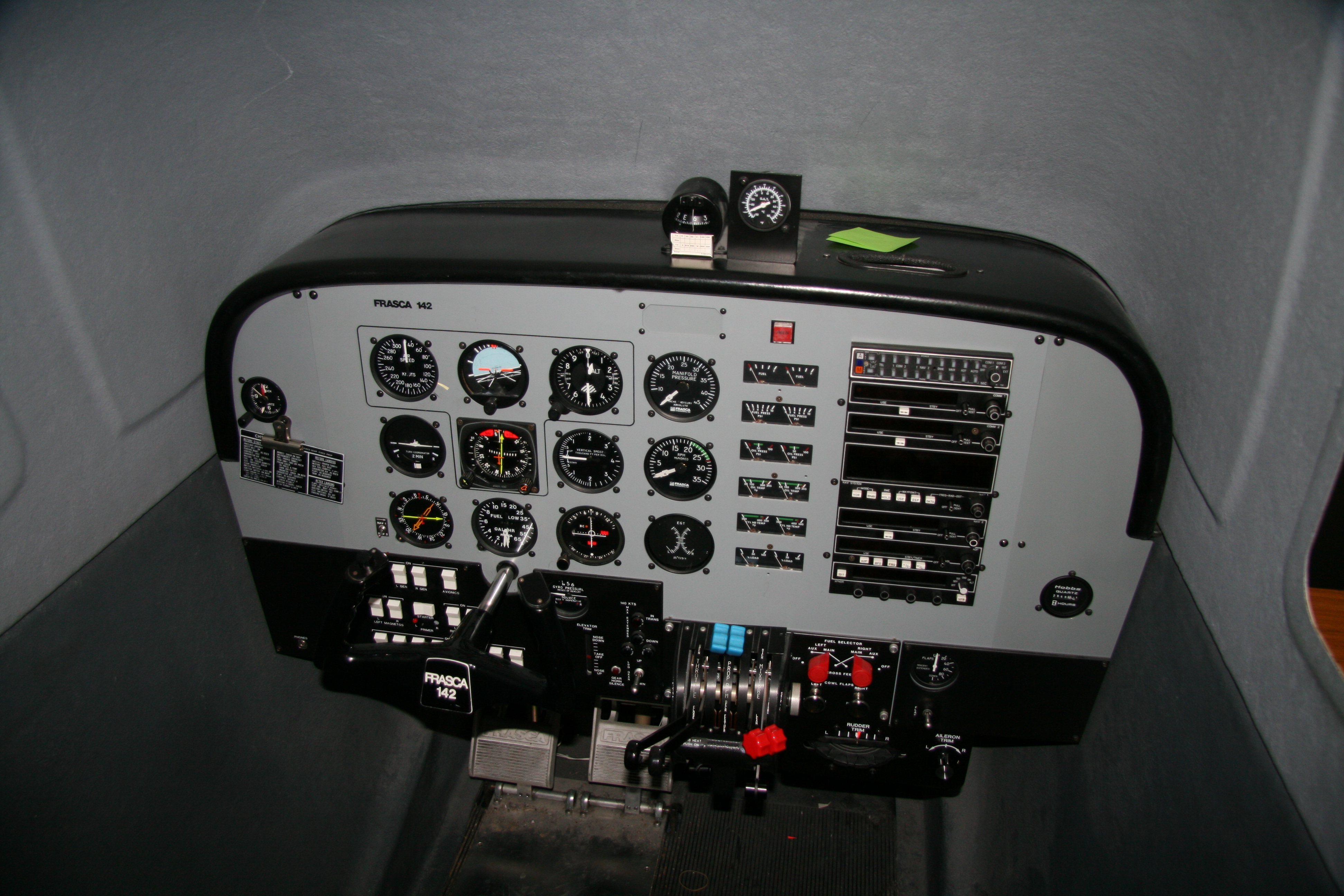Flying_Nun
Line Up and Wait
Second session in the sim (Redbird LD). Worked on Pattern "A" which was used train pilots in WWII. Top track is the first attempt. Did some stalls and slow flight between the first and second patterns.
The plan is to do about 10 hours in the sim then transition to the plane. My instructor's other IR student did this with impressive results. Hopefully I'm as good a student as him.

The plan is to do about 10 hours in the sim then transition to the plane. My instructor's other IR student did this with impressive results. Hopefully I'm as good a student as him.







